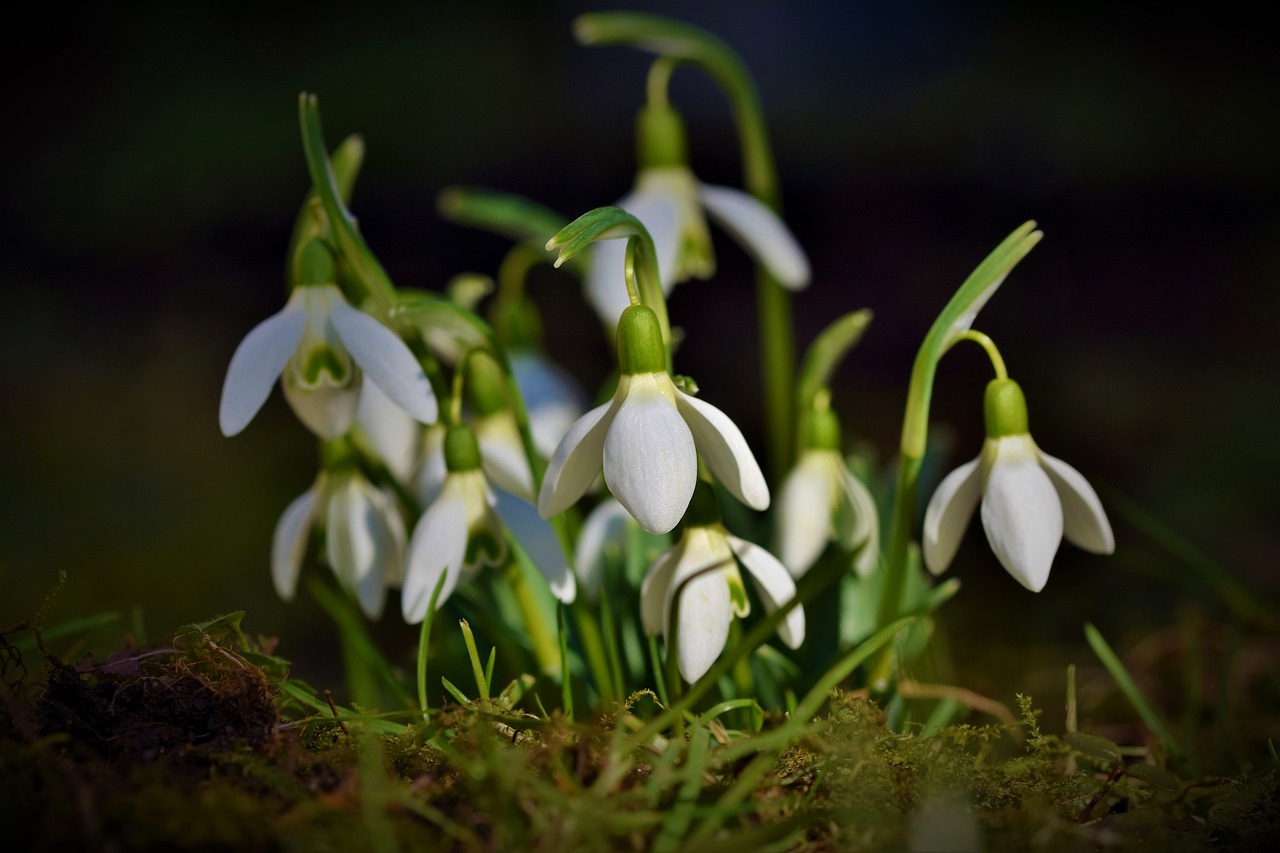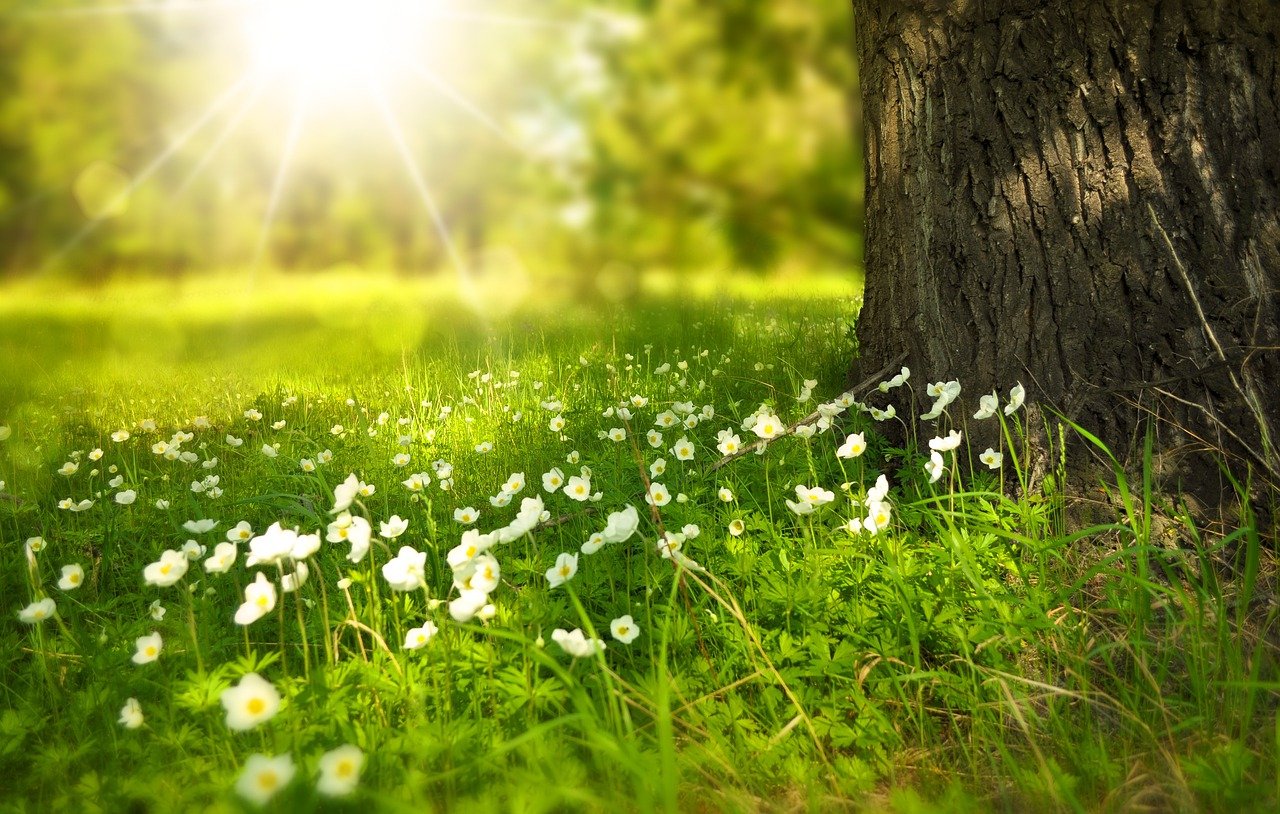Planting a mix of different perennials is the secret to creating a shady garden that looks its best over a long season—whether you are growing wildflowers or a mix of native and non-native plants.
A good mix ensures a progression of flowers, since different plants emerge and bloom at different times.
Be sure to include plants that feature handsome foliage as well as pretty flowers, since the foliage adds interest long after the blooms have faded. In addition to the wildflowers listed here, native ground covers also make excellent additions to shade gardens.
Give the wildflowers listed here rich, well-drained soil. All bloom best in partial shade, although they also tolerate full shade.
Wildflowers for Spring Bloom

For flowers in early and mid-spring, consider the following species.
Bloodroot (Sanguinaria canadensis) produces its dainty white flowers shortly before the scalloped, kidney-shaped leaves appear. The 4- to 6-inch-tall plants spread via fleshy rhizomes to form clumps a foot or more across. Zones 3 to 9.
Virginia bluebells (Mertensia pulmonarioides) is grown for its clusters of nodding, bell-shaped flowers with pink buds that open into blue flowers. The 1- to 2-foot-tall plants, which grow from white carrotlike roots, produce clumps of blue-green leaves that can reach 1 foot across. They go dormant in early summer after the flowers fade. Zones 3 to 9.
Large merrybells (Uvularia grandiflora), also called large-flowered bellwort, isn’t as well known as some native wildflowers. Plants range from 1 to 1½ feet tall and wide. They feature pendant yellow flowers, each with six petal-like tepals, and produce handsome clumps of foliage. Zones 3 to 9.
Wild blue phlox (Phlox divaricata), also known as woodland phlox, bears showy clusters of fragrant flowers in shades of lavender, pale violet-purple, or white. Plants are 12 to 14 inches tall and gradually form clumps that can reach 2 feet wide. They also self sow. Zones 3 to 9.
Natives for Late Spring and Early Summer

Consider the following species for flowers a little later in the season.
Celandine poppy (Stylophorum diphyllum) bears clusters of four-petaled, saucer-shaped, golden yellow flowers above deeply lobed leaves. Plants range from 1 to 1½ feet tall and form 1-foot-wide clumps. They self sow. Zones 4 to 8.
Goat’s beard (Aruncus dioicus) produces plumy, branched clusters of white flowers above clumps of pinnate leaves. This is a shrub-size perennial that ranges from 3 to 6 feet tall. In warm climates, a spot with constantly moist soil that receives afternoon shade is best. Plants can tolerate full sun in the North. They will spread to 4 feet or more, especially in moist soil. Zones 3 to 7.
Solomon’s plume (Smilacina racemosa), also called false Solomon’s seal, is a 1½- to 3-foot tall native that produces arching stems that end in fluffy, 4- to 6-inch plumes of tiny, creamy white flowers. The stems are clothed in attractive lance-shaped leaves. Red berries follow the flowers. Plants spread slowly by creeping rhizomes and also self-sow. Zones 4 to 9.
Solomon’s seal (Polygonatum biflorum) is primarily grown for its handsome foliage. Plants produce arching stems with lance-shaped leaves. Small clusters of greenish to white flowers appear in each leaf axil. This species ranges from 1½ to as much as 7 feet tall, and clumps spread by rhizomes to 3 feet or more. Zones 3 to 9.
Planting Successful Shade Gardens

To get your wildflowers off to a good start, always incorporate plenty of compost or other well-rotted organic matter into the soil before you plant. You can spread it before planting or incorporate it into each hole as you move plants to the garden. An even easier way to improve garden soil without digging is covering the site with newspaper and mulch to smother weeds and prepare soil before you plant.
Once your plants are in place, mulch the garden with shredded bark or chopped leaves. Be sure to keep them well watered. Test for moisture by sticking a finger into the ground next to a plant. Water if the soil feels dry. Monitor soil moisture closely and water regularly for the first few months after planting. After that, mulching and natural rainfall should be sufficient.
When acquiring wild flowers for your garden, avoid plants that you suspect have been dug in the wild. Look for plants that are marked as being nursery propagated. Or buy from local botanical gardens or native plant societies. Never dig plants from wild areas.






